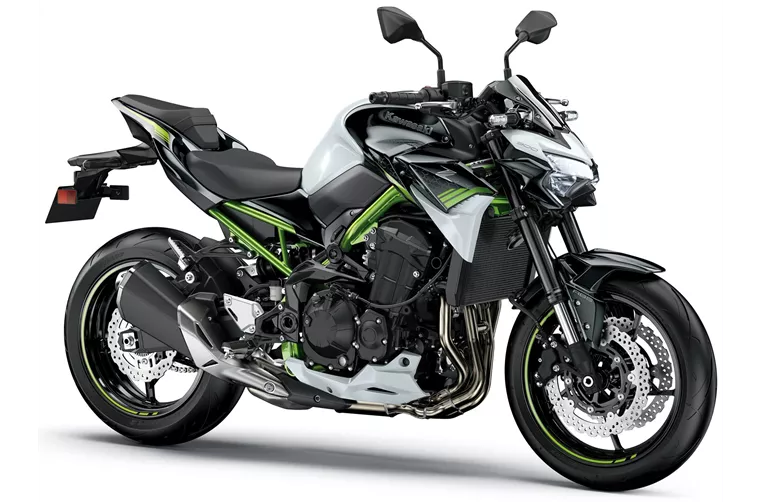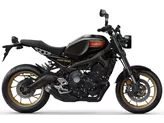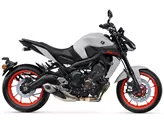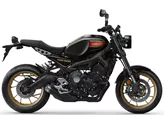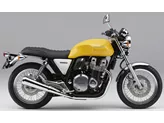Yamaha XSR900 2018 vs. Kawasaki Z900 2020

Yamaha XSR900 2018
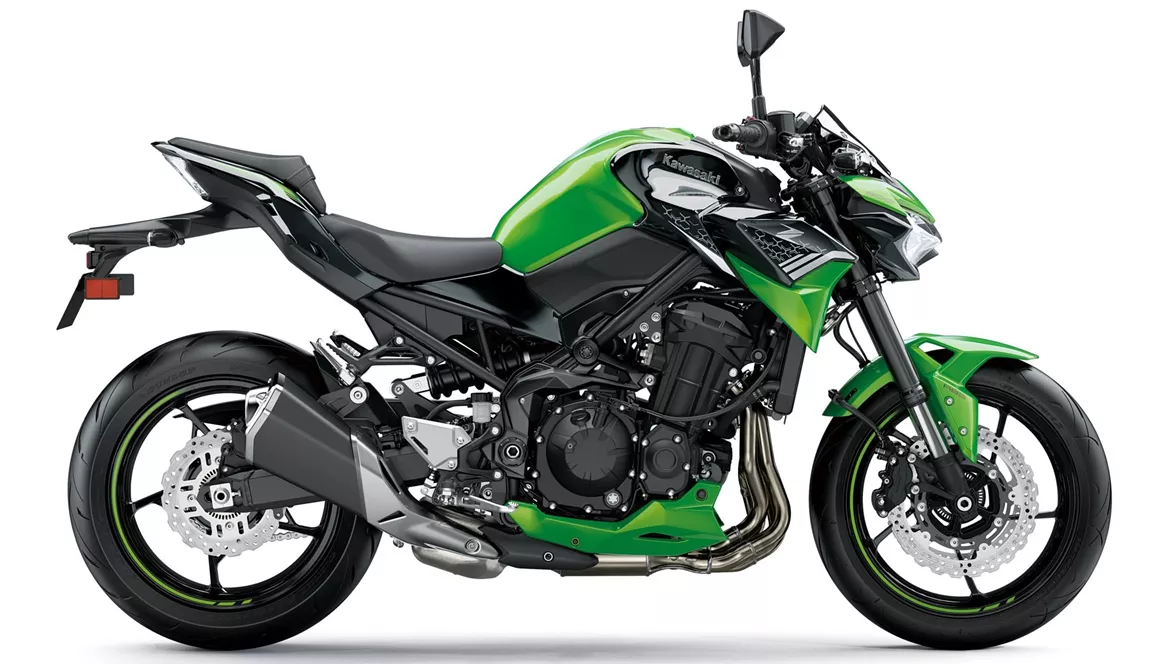
Kawasaki Z900 2020
Pregled - Yamaha XSR900 2018 vs Kawasaki Z900 2020
The Yamaha XSR900 2018 and the Kawasaki Z900 2020 are both naked bikes with similar engine types, in-line configurations, and liquid cooling systems. However, there are several key differences between the two models.
In terms of engine power, the Kawasaki Z900 2020 takes the lead with 125.4 HP compared to the Yamaha XSR900 2018's 115 HP. The Kawasaki also offers higher torque at 98.6 Nm, while the Yamaha provides 87.5 Nm. This suggests that the Kawasaki may have better acceleration and overall performance.
The number of cylinders also differs, with the Yamaha XSR900 2018 featuring a 3-cylinder engine and the Kawasaki Z900 2020 boasting a 4-cylinder engine. This additional cylinder in the Kawasaki may contribute to its higher power output.
Both bikes have upside-down telescopic forks for the front suspension and swing arms with monoshock absorbers for the rear suspension. This setup ensures good handling and stability on various road surfaces.

Yamaha XSR900 2018
In terms of chassis, the Yamaha XSR900 2018 has an aluminum frame with a twin tube design, while the Kawasaki Z900 2020 features a steel frame with a double cradle design. The choice of materials and frame design can affect the overall weight and stiffness of the bike.
Both models have double disk brakes at the front with similar diameters of 298 mm for the Yamaha and 300 mm for the Kawasaki. This ensures strong and reliable braking performance.
In terms of advanced rider assistance systems, the Yamaha XSR900 2018 only offers ABS, while the Kawasaki Z900 2020 provides ABS, riding modes, ride by wire, and traction control. This means that the Kawasaki has more advanced features to enhance safety and performance.
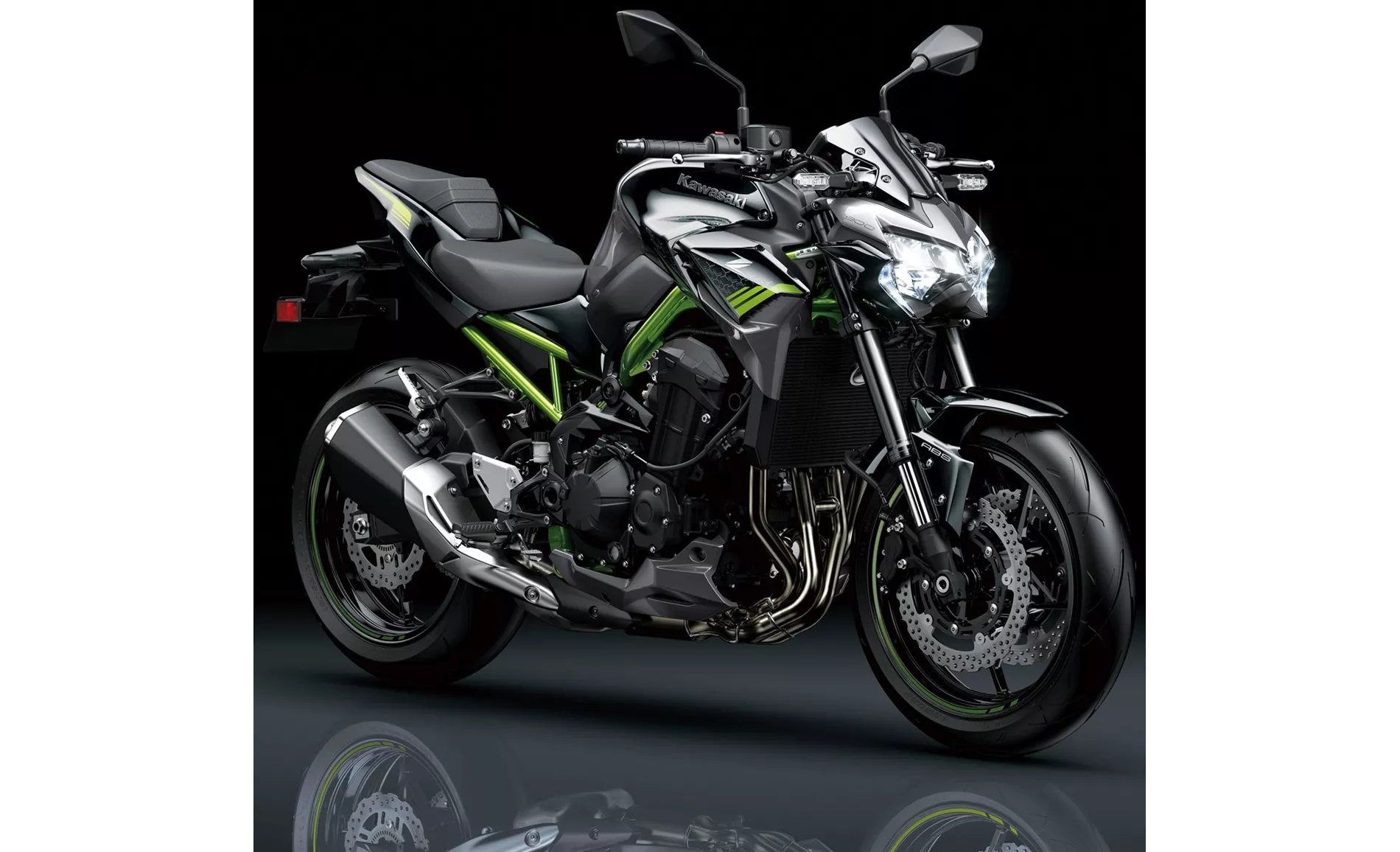
Kawasaki Z900 2020
Both bikes have similar dimensions and weights, with slight variations in wheelbase and seat height. The Yamaha XSR900 2018 has a wheelbase of 1440 mm and a seat height of 815 mm, while the Kawasaki Z900 2020 has a wheelbase of 1450 mm and a seat height of 795 mm. The kerb weight of the Yamaha is 191 kg with ABS, while the Kawasaki weighs 210 kg with ABS.
In terms of strengths, the Yamaha XSR900 2018 is praised for its extremely sporty and rev-happy engine, excellent brakes, pleasant seating position, high-quality workmanship, and good price-performance ratio. On the other hand, the Kawasaki Z900 2020 is commended for its powerful four-cylinder engine, great handling, good equipment, aggressive looks, and value for money.
However, the Yamaha XSR900 2018 is criticized for its almost too direct response and the retro style not being thought through to the last detail. In comparison, the Kawasaki Z900 2020 is said to have a somewhat tiring menu navigation and lacks the option for a quickshifter.
Overall, both the Yamaha XSR900 2018 and the Kawasaki Z900 2020 are capable naked bikes with their own strengths and weaknesses. The choice between the two ultimately depends on the rider's preferences and priorities.
Tehničke specifikacije Yamaha XSR900 2018 u odnosu na Kawasaki Z900 2020
Prednosti i nedostaci u odnosu na
Prednosti i nedostaci u odnosu na
Yamaha XSR900 2018

The Yamaha XSR900 is a classic optical illusion - with its round headlight, angular tank and attached tail light, it clearly passes for a retro bike. But it's no coincidence that the performance is reminiscent of the potent mid-range naked bike Yamaha MT-09, which is the extremely sporty basis for the XSR900. So the engine is a blast and the brakes are appropriately venomous. Fortunately, the engineers didn't overdo it with the chassis, the XSR900 offers sufficient comfort and the upright riding position is more comfortable than the powerful engine would lead one to expect. All in all, the XSR900 is one of the sportiest models among the retro bikes.
Kawasaki Z900 2020
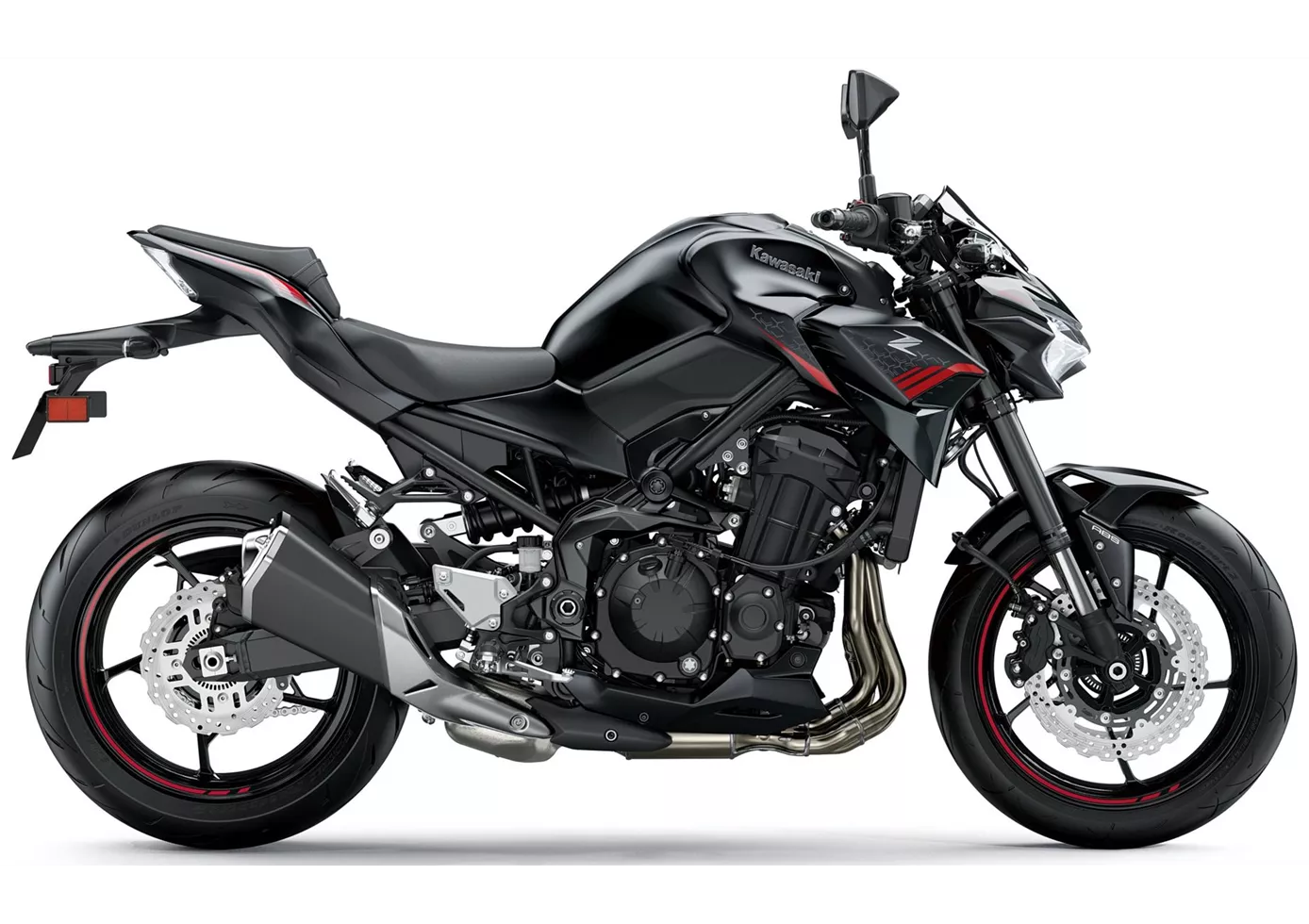
In terms of price-performance, the Kawasaki Z900 is hard to beat at the moment. With the perfectly tuned engine, the high-quality chassis components and the electronics added for 2020, this naked bike offers everything that sporty riders will be looking for. There is really nothing to complain about, even if the option of a quickshifter would have been a nice extra. Apart from that: great shot, Kawasaki!
Usporedba cijena Prosječna tržišna cijena Yamaha XSR900 vs Kawasaki Z900
There are a few key differences between a Yamaha XSR900 2018 and a Kawasaki Z900 2020. In terms of price, the actual average price of a Kawasaki Z900 2020 is about 15% higher. Compared to Kawasaki Z900 2020 there are less Yamaha XSR900 2018 bikes available on the 1000PS.de Marketplace, specifically 4 compared to 34. It takes less time to sell a Yamaha XSR900 with 123 days compared to 124 days for a Kawasaki Z900. Since model year 2016 1000PS.de editors have written 30 reviews for the Yamaha XSR900 and 46 reviews for the Kawasaki Z900 since model year 2017. The first review for the Yamaha XSR900 was published on 11/25/2015 and now has more than 17,600 views. This compares to more than 93,200 views for the first review on Kawasaki Z900 published on 11/11/2016.

